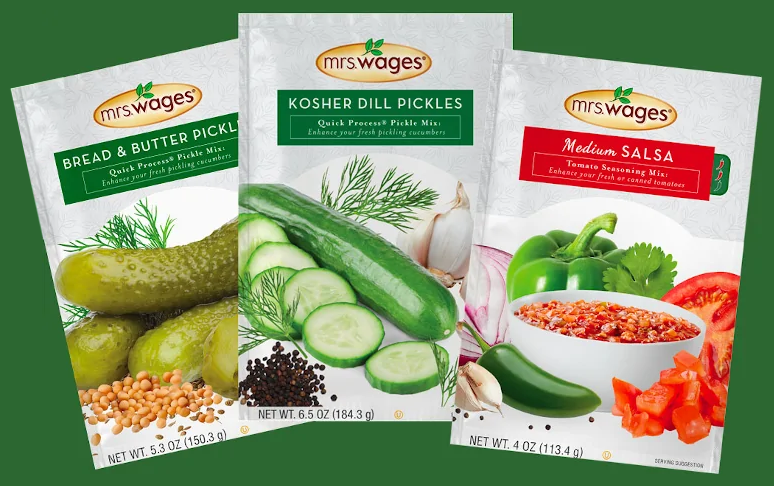Let’s Get Growing: Your Guide to Gardening in 2022
We’re now well into 2022, and the prospects of a beautiful spring are beginning to set in as the frost of winter melts away. That means it’s time to get our expectations in full bloom!
Whether you’re a seasoned gardener with a green thumb or just, well, green, there are certain considerations that go with starting any kind of garden. Even though it may seem daunting, we’re thankful this isn’t rocket science! So let’s get started by covering some of the essential steps to getting your garden growing in the right direction.
Plot Your Plot
The first step in starting a successful home garden is to make a plan. Selecting the garden site, choosing your climate’s perfect vegetables, and calculating the garden plot size are all part of the planning process. If possible, sketch the garden to show the locations of produce and dimensions of the plot.
Prioritize the crops that interest you, and learn from last year’s garden if you had one. Did you end up with so much squash that your friends and family started avoiding you and your bushels of free squash? It might be time to downsize that part of your garden.
Location, Location, Location…
Most veggies grow best when they receive at least six hours of direct sunshine every day, so make sure to put your garden in a sunny place. And the closer to water, the better! This will make it much simpler to keep your garden soil at the right moisture level. Plus, you won’t have to buy so many hose extensions!
Another thing to consider is the health of the soil; your garden will thrive in nutrient-rich, well-drained, weeded, and loosened soil. If you want to enhance your soil’s richness and your garden’s overall health, make the effort to enrich your soil with compost or other organic matter before you plant each spring. Mulch (such as leaves, straw, and grass) also gives vital nutrients to the soil and can reduce the amount of weeding required. You may need to get your arm workout somewhere else this year!
What and Where to Grow
Allow your tastebuds to guide your crop selections, but try to have an open mind about growing at least a couple different vegetables each year to keep your home garden fresh. Not only will this allow you to explore different culinary pursuits, but you will also learn something new about each type of crop!
Arrange the veggies to make the most of the available space and light. Tall plants like peppers, corn, and tomatoes should be planted on the north side of the garden, away from shorter vegetables like beans so as not to overshadow them. Between the bigger veggies, plant small, fast-maturing vegetables. If feasible, plant vine crops on stakes.
Grow with your Garden
First-time gardener? Start small! A typical mistake made by passionate, green gardeners is to make the garden too big. Not only would you be biting off more than you can chew, you’d be growing more than you can eat! If you’re new to gardening, choose a compact plot size and focus on the veggies that you actually enjoy eating. And the easier the crop, the better! Root vegetables are a perfect type of crop for beginners who are just starting to grow their skills.
Enjoy Yourself
Last but not least, enjoy yourself! There’s truly nothing like getting outside in the early morning among the dewy plants and getting your hands dirty. And when it comes harvest time, be sure to share your generous bounty with friends and family!
